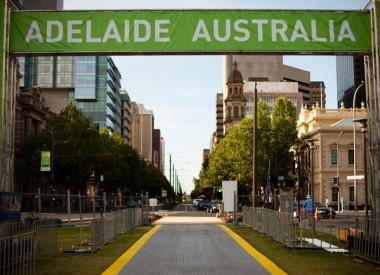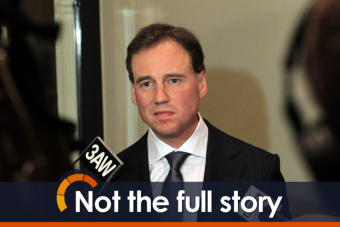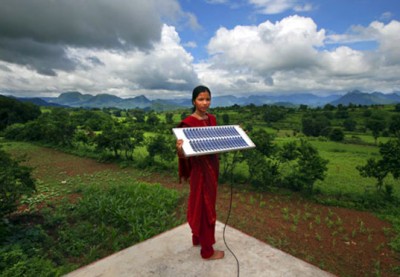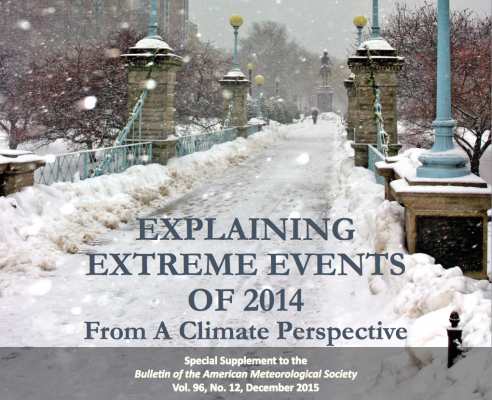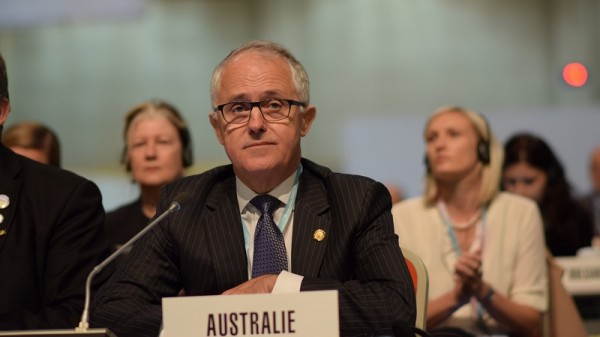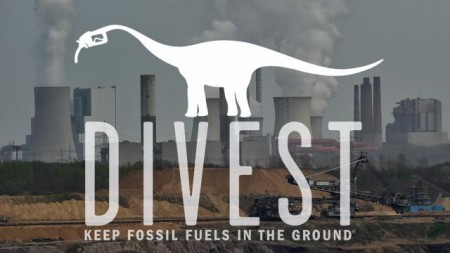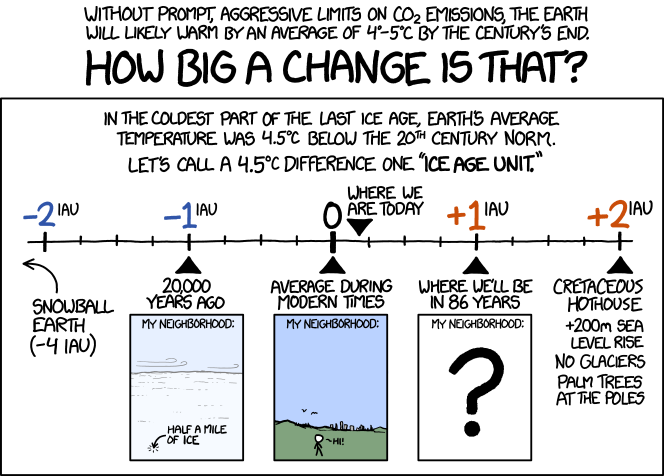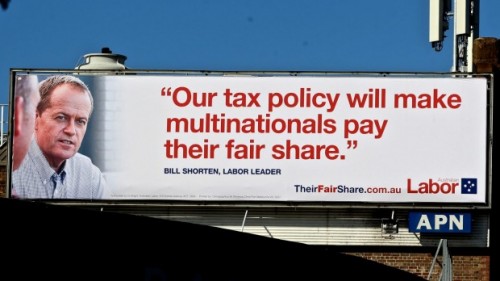Day to Day Politics. Climate Change: A lay person’s dilemma

Wednesday 9 December.
1 The Paris Climate talks are now in their third week. The coverage of this most important and crucial event in the Australian media has been simply sickening. Only the ABC, The Guardian and Fairfax have given it the treatment it so earnestly deserves. Murdoch has given it little coverage.
In a piece for THE AIMN I said this:
“How does the layperson like me reach a view on such subjects without any formal training? It’s simple. There are many areas (medicine for example) that I don’t have a deep analytical grasp. Like many others I listen to experts, apply common sense, observation and what my life experience tells me. It is not difficult to understand a theory. Generally people assume that a theory (for example the theory of evolution) is something unproven”.
In the scientific world, a theory is something that has evolved to fit known facts.
Conversely, those who deny Climate Change and the overwhelming scientific consensus seek to justify their belief by attaching themselves to a minority of science deniers with obscure qualifications or worse, to right-wing shock jocks and journalists with no scientific training what so ever. These people have no way of evaluating the volume of data produced by the various scientific institutions. One of the most outspoken deniers (Andrew Bolt) has, in recent times, been found guilty of deceptive lying in that he defamed some white skinned aboriginals. The Press Council also made him correct misleading figures in one of his articles. One has to wonder how many he has told when writing about his favourite topic climate change.
So for the layperson the choice is to listen to the science or default to the opinions of the Bolts of this world.
And in Paris the latest news is that the world’s biggest climate polluters rallied around a stronger target for limiting warming on Monday, saying they were open to the 1.5C goal endorsed by the most vulnerable countries.
In the final push to a climate agreement, the US, Canada, China and the European Union declared they were now on board with demands from African countries to adopt an even more ambitious goal to limit warming.
Now they are taking it seriously. Julie Bishop must be wetting herself.
2 Guardian Australia has two years to prove itself commercially viable according to a headline in Tuesday’s Australian. Now that a bit of a shocker coming from a newspaper that loses 25 million annually. If fact the only reason it is still in business is because of the power it yields. It has very little public readership but is the go to source for every conservative commentator in the country. It will die with Murdoch.
An observation.
‘It is a pity that fact in journalism cannot be made compulsory and decency legislated’.
3 Joe Hockey has said if he did not retire from the Parliament he would have been focused on “getting even with people” who contributed to his downfall as treasurer. What a shocking indictment of politics in general and his party in particular.
4 Donald Trump wants to close the United States borders to Muslims.
“Until we are able to determine and understand this problem and the dangerous threat it poses, our country cannot be the victims of horrendous attacks by people who believe only in Jihad, and have no sense of reason or respect for human life,” the billionaire real estate developer said.
I wonder if that should also apply to adults entering schools. Maybe tattoos next.
5 The Vladimir Putin Shirtfront won the Insiders Matt Price award in 2014. This year it was given to Christopher Pyne for his ‘I’m a fixer’ comment. There were some excellent entries. Abbott got the most nominations with his onion eating (without tears) act. Knighthoods, Good government starts today and in my opinion he should have been on a winner when he outrageously said that his ministers were performing fantastically well and it was all due to his magnificent leadership. Oh I forgot one. ‘Good government starts today’ Others nominated were Hockey’s ‘Just get a job. ’Scott Morrison for ‘There’s a boom up there’ Bronwyn Bishop ‘It was within the guidelines’ Then there were mentions of ministers with large packages, even snakes. There were many others but for the breadth of its audacity I’ll stick with my choice.
6 Now here is a conspiracy theory to end them all. Tony Abbott was toppled by Malcolm Turnbull, not because of gross incompetence. According to climate sceptic Christopher Monckton it was the UN who brought down Tony Abbott because of his anti-global warming views.
Wrong of course but he tells the truth about Abbott’s denialism.
MY THOUGHT FOR THE DAY
“At some time in the human narrative…..in our history, man declared himself superior to women. It must have been an accident, or at least an act of gross stupidity. But that’s men for you”.
PS. Early warning. Day to Day in Politics will be taking a break over the Christmas and New Year Periods. I will however be posting some of my short stories, poetry and other things of interest.









